5 Tips on Writing: With Joshua Fernandez
I’m Joshua and I’ve worked on several projects involving writing including videos, video games, and other works of interactive fiction. I have had a hand in working on lore, dialogue, narration, journal entries, and other lore-related narrative pieces
I just like multimedia in general, so writing serious stories with captivating characters is nice but so is making memes and skits. I plan on making more videos and games later on and hell, maybe throw in an album or mixtape in there to spice things up a bit.
Hooking Your Audience
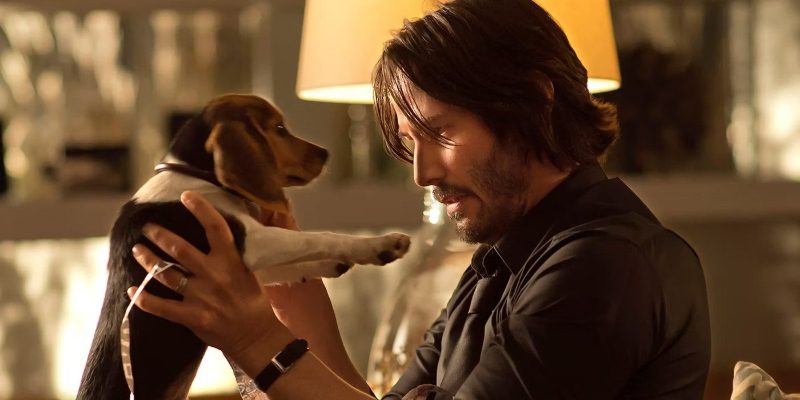
I have two in mind. The first tip is show, don’t tell. Actions speak louder than words and paintings can tell a story, so plan actions that prompt the story to move or prompt the main characters to spring into action from some conflict.
Take Kid Buu from Dragon Ball Z. He’s a pink monster that can’t talk yet he defeats the main characters and accomplishes his goal of destroying Earth. He’s labeled as evil incarnate and though side characters ramble about his immense power, what cemented him as such for the viewer is the numerous deplorable actions, like when he went to heaven to fight people he already killed prior because he could. As a kid, I found this horrifying, but as an adult, I find it absurdly hilarious.
That is one of many examples of hooking consumers. There are too many routes to use to keep consumers enticed, but a few examples include:
- Traumatic events (Spider-Man dying in the Ultimate Spider-Man comic run)
- Introducing new characters (Introducing Toph as a powerful earth bender in Avatar the Last Airbender)
- Putting established characters in situations outside their element (Put Beast Boy, a superhero that can transform into any animal and is a known vegetarian, into a fast food job at a burger chain
- Putting established characters in scenarios that reveal an unknown side to them (Bakugo cooking food and playing drums with finesse in My Hero Academia instead of him shouting about killing villains and blowing up his surroundings)
- Having characters act specific gestures before a conflict (IP Man rolling up his sleeves before fighting or BumbleBee from Transformers putting on his battle mask)
The second tip is if you’re writing dialogue, make it critical and enhance the lore. Character exposition can be powerful when done correctly and is a balancing act. The best times to do it are when major plot points need elaboration or to show a character’s personality.
Take the John Wick franchise for example. The main mafia boss Viggo, who runs his crime syndicate, gets shaken to his core when he hears John’s dog has been killed. Later on, he tells his son, Iosef, that John is a monstrously dangerous assassin that single-handedly crippled every other mob in the city and can use everyday items like a pencil to kill a squad of men easily. The stage is now set and had Viggo not talked to his son, we wouldn’t have known this information, making it more valuable.
You don’t need a whole speech to hook readers. Other times, a single word or phrase is all it takes to hook consumers. In Game of Thrones season 6, Hodor sacrifices himself by holding a door while commanded to so the other characters can escape from a horde of white walkers. What was haunting about his death was that the reason Hodor got his name was due to a seizure he suffered as a kid.
He lay on the ground shouting hold the door, eventually his mind devolved to saying Hodor, an abbreviated version. Several layers of context make this event much more heartbreaking, but the main thing is seeing the sacrifice and his last words add to the tension.
With good lore behind the dialogue, whether revealing or establishing something, it should have some payoff to look forward to.
Mastering Plot Development
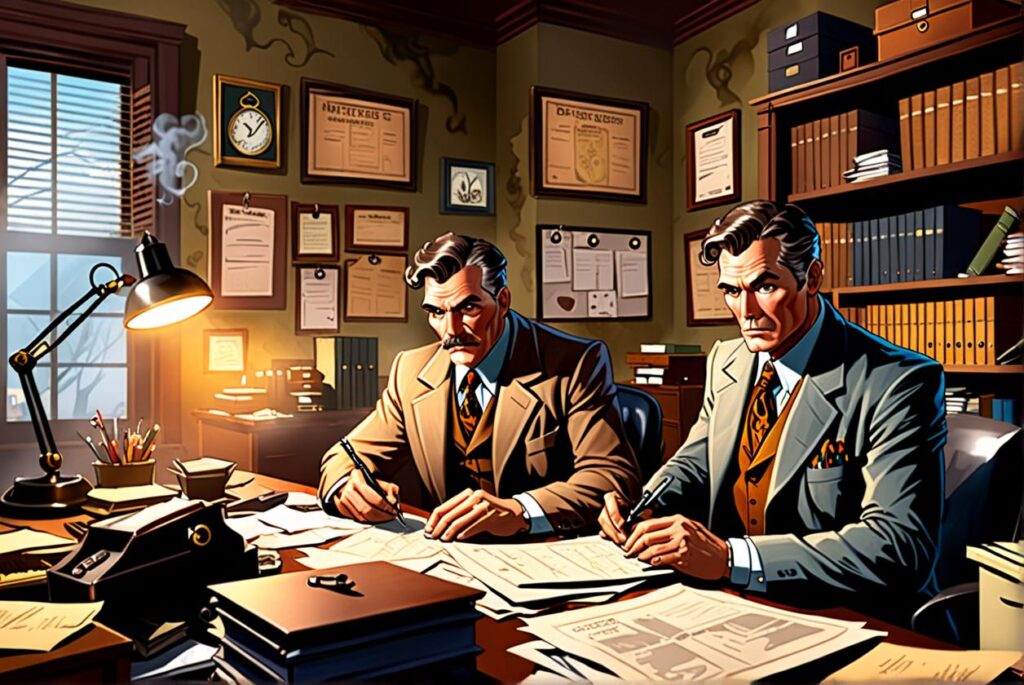
Decide whether you want to plan what happens at the end of a narrative or be spontaneous, but have the characters take action either way. When I have an idea for a story and want to plan the structure, I draft important events in order and fill out details in between to flesh out the story.
I wrote the story for a game called Darkest Abyss and the key events were the main character going home, lucid dreaming, revisiting memories during this dream, and waking up with a new perspective on life for better or worse. Everything in between was open to experimentation and throwing ideas against the wall until I decided what I wanted to happen, looked it over, revised it, and repeated the process until my story was complete.
Disney has a great chart and structure they use in all their movies. It goes like this:
- Exposition: Establishing the world, mainly the characters, the conflict, and the setting
- Marlin in Finding Nemo lost his wife and is taking care of his son Nemo
- Rising Action: The set of events that puts the main character(s) in action, but fails to do so and goes on a journey
- Nemo gets kidnapped by a fisherman and Marlin teams up with Dory to find him
- Climax: The turning point of the whole story, usually a final battle or revelation
- Marlin finds Nemo and helps him and the other fish escape
- Falling Action: The effects of the climax or the aftermath
- The fish break free from the fisherman’s net and everyone goes deep into the ocean
- Resolution: The end of the story with all resolutions met and problems solved
- Marlin is closer to his son, all their friends are present and everyone is happy
Another structure is letting the characters organically go through the world and see what results from it.
Dungeons and Dragons is a tabletop RPG goldmine for organic and spontaneous storytelling. Dungeon Masters, DMs craft stories for players to experience, and though story beats are pre-planned, the desired results will never go according to plan. The main objective is to reach the end of the campaign, but the journey can be cut short for reasons that always fall on the player and their missteps.
I remember I played a campaign where I was a warrior trapped in a jail cell and needed to break free. I tried calling a nearby guard and flirting to get the key, I instead got smacked to the ground and spat on, prompting me to wait for my teammates to get me. The DM was disappointed in me but got a good chuckle out of my demise because that wasn’t supposed to happen, they intended on me breaking free and meeting at a rendezvous point outside the prison to start the journey.
Effective World-Building Strategies
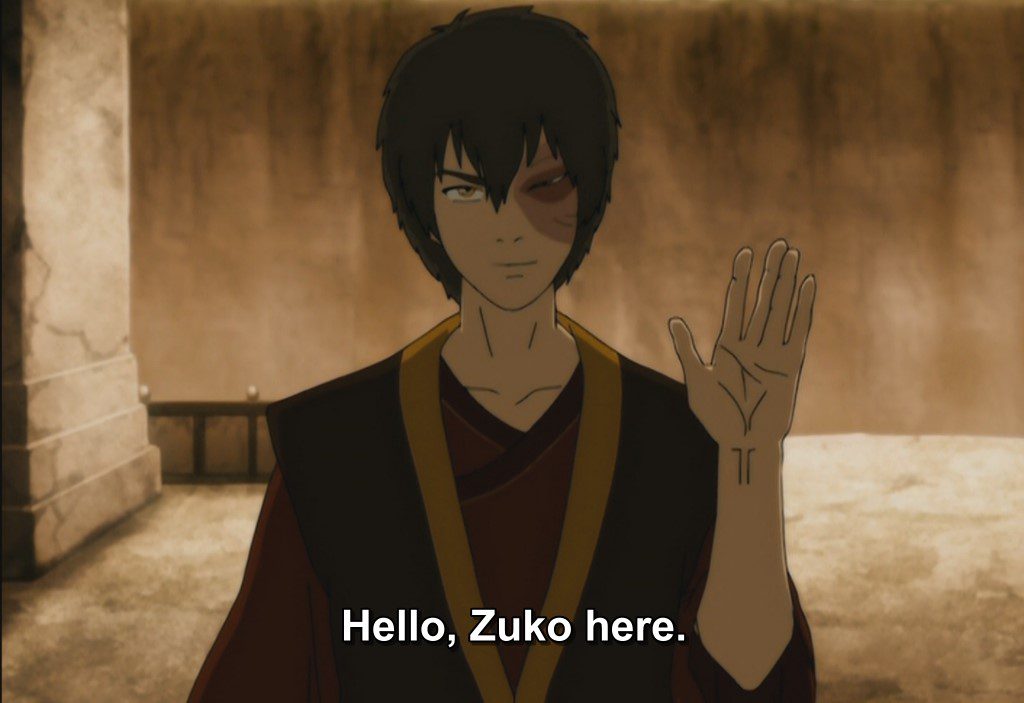
Remember your roots and stay consistent with already established rules. My tips from hooking readers and players about showing not telling and making critical dialogue apply here as well, but I already wrote about those.
Take Star Wars The Clone Wars, a show that rests between the 2nd and 3rd movies of the Star Wars films. It takes time to flesh minor characters, like the clone troopers and enemy forces. Despite clones and battle droids being carbon copies, droids have funny one-liners that give Star Wars more life and humor while clones like Captain Rex and Fives put more soul into Star Wars and show consumers they’re more than soldiers bred for war.
Some of the best episodes are where rogue clones are discovered by those still working for the Republic, making for interesting dynamics of responsibility to others vs. oneself or individuality vs brotherhood. The showrunners made sure to keep continuity with the main line movies and to not overwrite anything.
Sometimes, certain events in Star Wars don’t add up even to the universe’s expansive list of powers and abilities. The Star Wars Force Unleashed video game series follows Star Killer, a padawan of Darth Vader who canonically is way too powerful than he has any right to be by Star Wars logic, moving ships several thousand meters long and defeating Vader to name a few. As such, it has been retconned as an else-world story that still is enjoyed by fans, mainly because of the power fantasy the game allows the player to indulge in.
A retcon example slandered by fans would be from the 9th Star Wars film, The Rise of Skywalker. Emperor Palpatine, the main antagonist of films 4-6, is brought back but the explanation given is lackluster due to little explanation or setup leading to the reveal. Had the producers spent more time illustrating details from the book this event is based on, the fandom might have been more receptive to it. The Rise of Skywalker explains it as “Somehow Palpatine Returned”, which is extremely lazy and uninspired.
In short, stories can be fun to explore so long as the canon timeline isn’t badly affected or overwritten illogically.
Techniques for Character Development
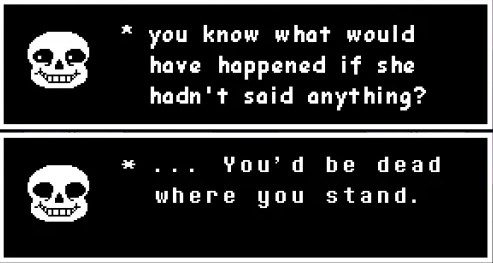
Conflict. That’s it, just that. If you look at yourself, every test failed, every push-up done, every traumatic event experienced and every question of your ideals has shaped you into the person you are. You may not even like the person you were a year or two ago, and that’s because things happen and we adapt.
When I write a character, I like to list their strengths and weaknesses first and then think of situations that target their weaknesses. A masterful example would be Zuko from Avatar the Last Airbender. In the first season, he was an angry kid with a chip on his shoulder and a narrow viewpoint of the world, and ended up becoming a fan favorite by the end of the season. It was due to these challenges:
- Physical: He sheds the Fire Nation military aesthetic and utilizes much better breath control when fire bending, resulting in stronger flames and better forms
- Mental: He controls his anger progressively, becoming more mellow and open to change, everything from feeling happiness to going on dates and laughing with his uncle
- Emotional: He talks to people as a person instead of a general or terrorist, allowing him to grow from his introverted shell and communicate better to help others, despite still being awkward and bad at it
- Spiritual: He abandons the desires his malicious family members want him to fit into and adopts the mindset of his uncle to learn compassion, open-mindedness, and what true honor is
Not all characters need development, but that’s usually reserved for comically exaggerated individuals or minor characters. In my experience writing and watching media, comedy can get away with this more than other genres due to trying to evoke laughter. If they don’t grow, at least they can make others grow and learn, Here’s a few characters that don’t need development as much:
- Pure Evil: Stinkmeaner from The Boondocks is an old blind man who hates everyone and everything. Yet his confrontations with the main characters are charming and often funny due to his commentary, vile hatred, and lack of a sympathetic backstory. He even was glad to be blind because he hated everything that much
- Comedy Relief: Bolbi from Jimmy Neutron Boy Genius is a foreign student whose main gimmick is to dance and sing by slapping and clapping. He’s usually reserved for plot breaks or to break the tension, such as when Jimmy is struggling to get votes to be the class president and Bolbi is riding down the street on a wagon slapping and clapping
- Mentor/Teachers: Master Oogway from Kung Fu Panda is already a martial arts master and mostly spews dialogue that results in comedy or palpable life lessons for side characters to take. One such moment is before his passing when he tells his pupil Shifu there are no accidents. This line instilled in him a lesson that he would pass to his student and main character Po, helping him grow and accept his destiny as the dragon warrior and saving the valley.
Crafting Meaningful Decisions
Make that choice a point of no return. If need be, write down all your paths and detail the benefits and disadvantages of each.
One example is the indie game Undertale. This game has 3 paths to further the plot: pacifist, genocide, or neutral. The most minute deviations can change your playthrough, and the runs go as follows:
- Pacifist: Do not kill any monster. Instead when in a battle, do actions to get to know them until the option to spare them is prompted. If done correctly, everyone is spared and you get an optimistically happy ending
- Neutral: Kill several monsters, standard enemies and bosses alike. This is the least rewarding path as not only does using this strategy yield less content, but the dozens of endings are very similar with minor tweaks between each. That in itself makes it the least stressful run by comparison because there’s no extreme strategy to use
- Genocide: Kill every enemy and boss possible. There’s a finite number of enemies despite being an RPG and the game will let you know when you fill this criteria. The ending will result in no monsters left and erase the world
This game does a great job instilling lasting consequences into the experience, so much so that if you play against a boss, quit the game without saving, and fight the same boss, the dialogue will change, and acknowledge you made a different choice. It remembers your actions and lets you know you can’t return from it.
What are your strengths in writing and narrative design?
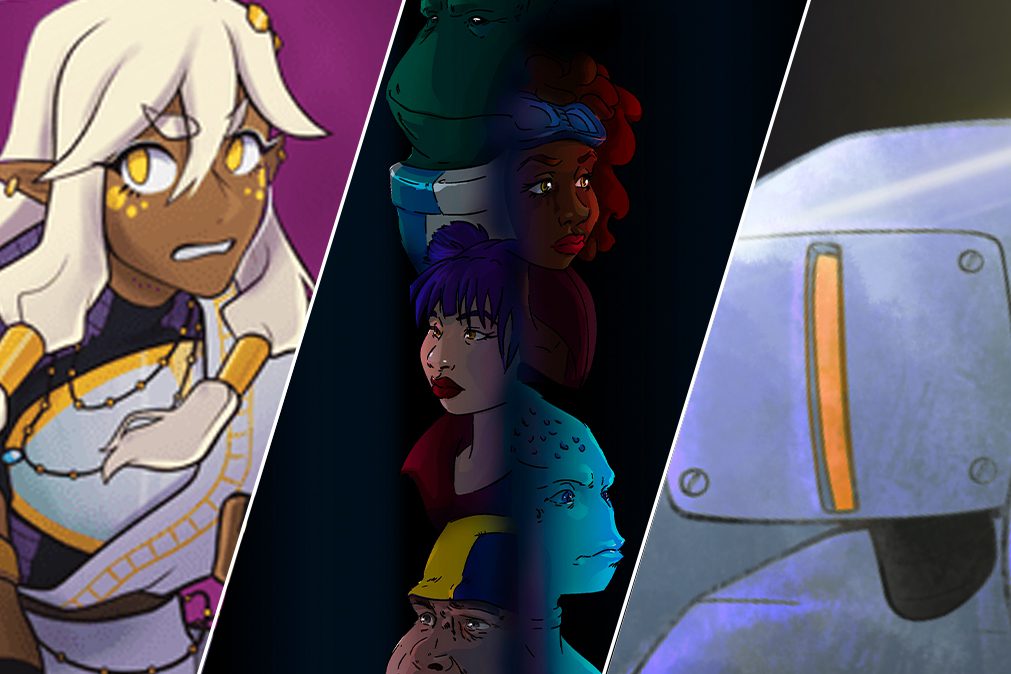
My strengths would be writing lore and plot structures for sure. I love filling the world with interesting knowledge about the atmosphere, its rules, and past events that led to the current time the consumer is present. Writing dialogue is harder, but much more rewarding, especially when I can plant seeds that sprout into amazing payoffs and set pieces. It’s always been a puzzle to me, trying to figure out what action to place where and what to show instead of having a character talk,
I can spitball ideas for hours spontaneously and if someone were to bounce ideas off me, that’s multiplying my ammo whether for the sake of lunacy and fun or more serious questions about making a great story.
Which games or stories have you worked on?
I’ve worked on one story for an FPS called Realms, writing lore for different dimensions, characters, items, and all the dialogue. Another game I worked on was an interactive narrative called Darkest Abyss. I’m now remixing it into a book format while revising dialogue and events after I had more experience working on other projects
Currently, I’m working on smaller projects involving lore and quest design, so that’ll be interesting to see.
Exploring Favorites
Final Fantasy VII Abridged or almost any series from TeamFourStar on YouTube. Not only does it take established characters from the game, but the series is unlike most TV shows and movies I’ve watched, if at all. The series balances hard-hitting moments with comedy, develops characters gradually, sneaks in clever easter eggs or double entendres, writes quotable lines and callbacks, creates character archetypes that work off others and isn’t afraid to exaggerate characters themselves.
I recommend FFVII Abridged for RPG fans, Hellsing Ultimate Abridged for a more gory and explicit watch, and DBZA for anime fans
Register for our Free Writing Workshop now!
If you are interested in creating your own interactive audio story, you can apply for our free webinar! It will introduce you to our interactive story game engine, TWIST, and teach you how to use it to create interactive audio stories.
Interested in contributing to our blog series?
If you would also like to publish a blog post on our website and share your own story with interested readers, simply fill out the contact form.





